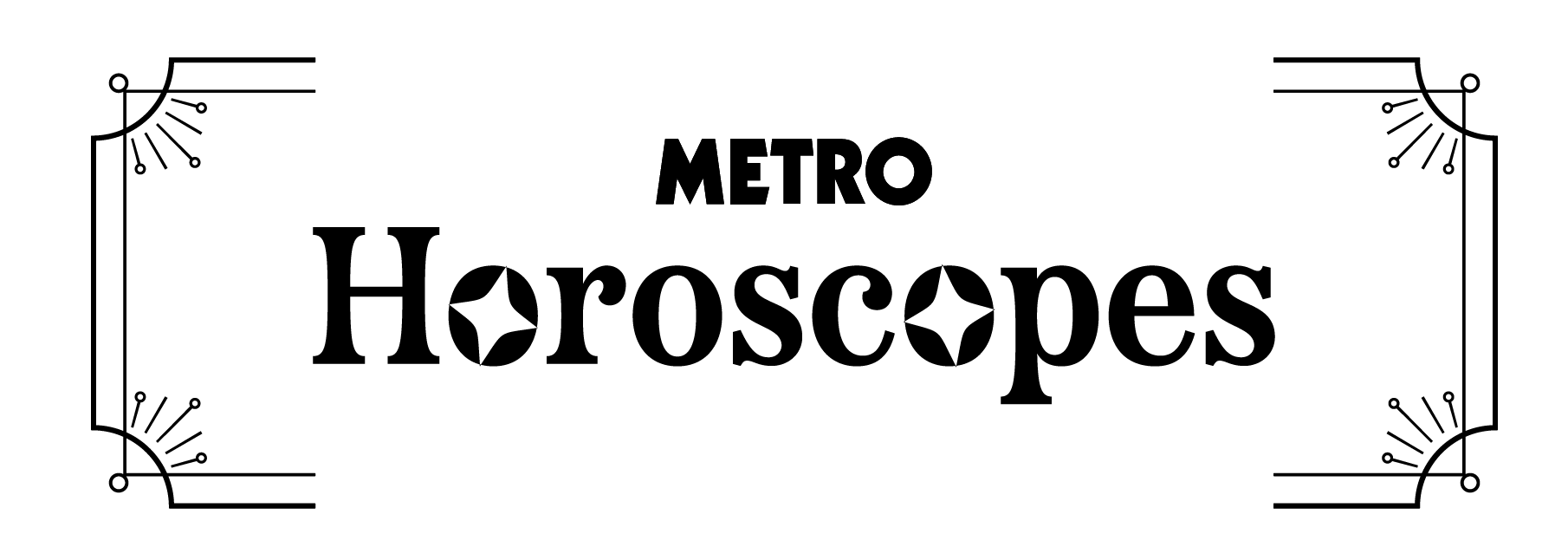When I woke up one morning, in 2016, I could tell straight away that something wasn’t right.
Suddenly, I found that I couldn’t differentiate between shades of blue, green, or red.
I was 27, and I’d gone colourblind literally overnight – which was weird, and far from ideal as someone working in graphic design. I’d never had any issues with sight before then, so the sudden change was especially alarming.
Worried, I booked an eye test that day, hoping the opticians could give me some answers. But when they tried a standard eye appointment, they couldn’t correct the problem, and it was clear that my eyesight had deteriorated.
Still, I think my vision was only down to 20/30 – nothing major, but enough to prompt them into doing more tests.
For the next three years, I was in and out of the opticians and throughout that time, there was a gradual change in my vision for the worst.
But when I turned 30, there was a sudden downtown and was told I couldn’t drive anymore. By 32, I was registered blind.
I had MRIs and every scan going. I had blood tests, nutrition exams, everything you could think of, but they couldn’t put a name to what had caused my sight to deteriorate.
It wasn’t until I had genetic testing for something else last year that the doctors ran checks to see if they could uncover the truth behind my vision.
The results came back to show something called Wolfram-like syndrome – a rare autosomal dominant disorder that can be passed genetically and can affect vision as one of the symptoms.
Wolfram syndrome on its own is fatal, and incredibly rare – only one in 800,000 people have it.
But until this year, I was the only one in the UK with Wolfram-like syndrome. Apparently there are only 14 people worldwide with it.
Blindness is a spectrum, but my condition has resulted in optic atrophy. I have no central vision, and foggy peripheral vision, like looking through a shower screen.
With optic atrophy there is a terminal stage where the decline in vision won’t get any worse. I have reached that stage, so I should be able to retain my peripheral vision for life.
For me, now, it’s about being as healthy as possible: not drinking or smoking, and making sure I get plenty of exercise and eat healthy food. The worst thing for me now would be to get a condition that anyone in the world could get, like glaucoma or cataracts. I just want to live as healthily as possible to avoid that.
Part of staying healthy, to me, also means staying mentally fit. And photography has been a blessing.
Around the same time I began losing my vision, I started getting into photography.
At first, I started following some photographers on Instagram, and at the start of the first lockdown in 2020, I bought my first proper camera.
Nowadays, I use a Fujifilm camera. It is the best for me because most modern cameras now involve you going into menus to set up your camera. But Fujifilm is one of the only brands where all your settings you create using tactile knobs and dials on top of the camera.
Even though my camera is modern, it looks like it is from the ‘60s or ‘70s, like an old analogue camera. It is digital but film is something I am trying to learn. But as I’m registered blind it’s a steep learning curve!
Because my eyes are so sensitive to light, say if the light catches a tree or anything, I am drawn to that straight away – useful, because photography is about chasing light.
Because my vision is static in the middle and really foggy, I have to look for situations where there is contrast in the scene. Take birds against a white sky, for example: at one point I can vaguely see there is something, or my wife will describe the scene.
She might tell me, ‘There is a pier in the distance’, and I’ll listen for the birds. I will take the image and then go home, get it on the 60-inch TV screen – which I can look at from two inches away – and try to make out as much of the photo as I can.
To me, photography was just like any art, really. A creative outlet. I wasn’t doing it with any hope of pursuing something. I just thought I would carry it on as a passion.
But since people have taken interest and can see my work on Instagram at the handle @adamstanawayy, my gears have been turning to figure out what more I can do with it, like an exhibition.
Photography has become a full sensory thing. Not just vision.
I use my hearing – if I can hear birds or something moving in the frame, I know I’ve got to up my shutter speed to freeze the action, so if there’s a bird flying across it won’t be blurred. I’m literally using all my senses now.
My condition is almost like a superpower.
More from Metro
As told to Seamus Duff at Cover Media
Do you have a story you’d like to share? Get in touch by emailing [email protected].
Share your views in the comments below.
MORE : Men pay big money to watch me feed my belly button
MORE : I have six children and I’m estranged from all of them
MORE : Girl, six, survives three days lost in the forest before tear-jerking reunion with mum
Sign up to our guide to what’s on in London, trusted reviews, brilliant offers and competitions. London’s best bits in your inbox










Share this with